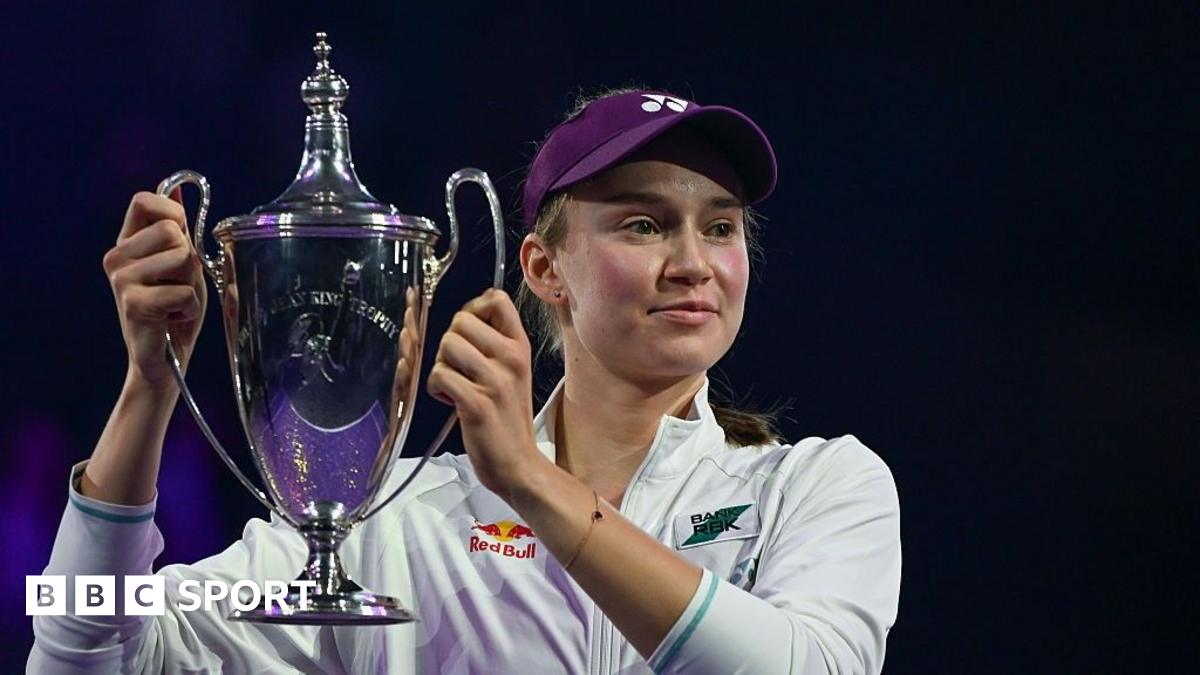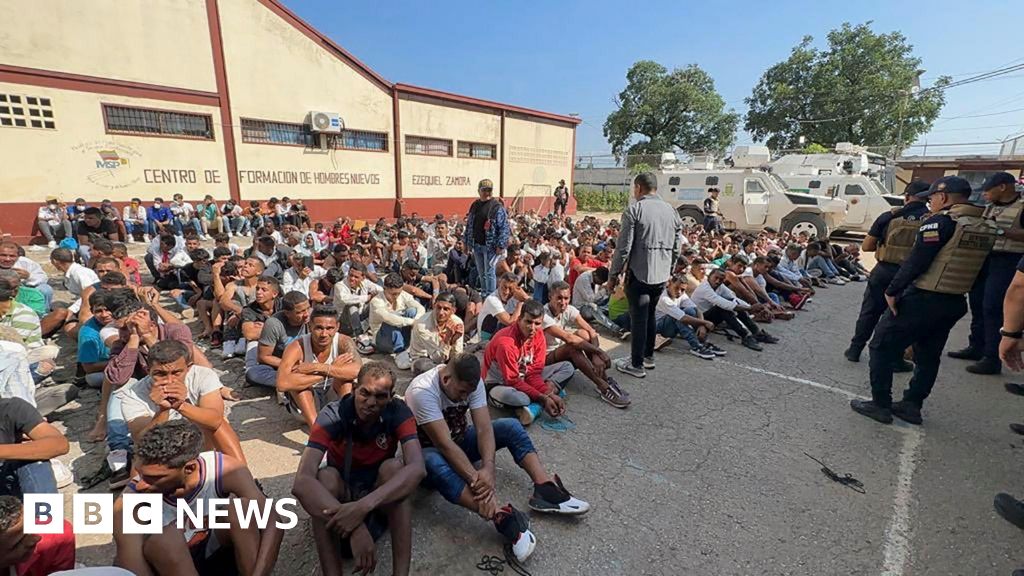Van Dijk goal against Man City 'should have stood' - Rooney
ByDale Johnson
Football issues correspondent
It was a weekend of video assistant referee penalty decisions in the Premier League, with spot-kicks awarded, cancelled and ignored.
VAR is always going to face accusations of being inconsistent, because its role is not to create consistency of decision-making but judge individual incidents based upon the on-field call.
So it can be helpful to understand what VAR is looking for and why similar situations can have opposing outcomes.
From the penalty awarded to Manchester City against Liverpool, to Dan Burn's challenges on Dango Ouattara and Brighton's overturned spot-kick at Crystal Palace, we saw a whole range.
What do these incidents tell us about how VAR operates in the Premier League?
Why a small touch on Doku was enough
Jeremy Doku skipped into the penalty area in the ninth minute and stumbled as he looked to move the ball past Liverpool goalkeeper Giorgi Mamardashvili.
Referee Chris Kavanagh waved for play to continue, but was sent to the monitor for a penalty review by VAR Michael Oliver. It was awarded, with Mamardashvili making a save from Erling Haaland.
When sliding, Mamardashvili only made a small amount of contact on Doku. We are often told this is not enough for a VAR penalty, so why was this any different from what we have seen before?
One of the key considerations for VAR is how the attacker goes to ground, which the Premier League refers to as "contact with consequence". Does the contact from the challenge fit the way a player has gone down or has it been embellished?
That Doku attempted to stay on his feet, and was trying to balance to shoot rather than look for a penalty, gives an indication to the VAR that the contact had a natural impact on the forward's ability to continue with the ball.
But for supporters, you can see why it appears to be a soft award.
Doku stands out as Man City dominate Liverpool
Why Ouattara did not get a penalty
If Doku gets a penalty, what is the difference with Burn's challenge on Ouattara, which was not given and meant the Brentford player was booked for a dive?
It comes back to "contact with consequence" and guidance which asks the VAR to consider the motivations of the attacker and how they go to ground.
Doku went down in a way which would be expected for the contact, but Ouattaro threw himself theatrically to the floor. That counts against an attacker on a VAR review.
We can look at a penalty Arsenal were given against Leeds by the on-field referee in August when Max Dowman had his foot touched by Anton Stach.
The Premier League's key match incidents (KMI) panel voted 3-2 that this should not have been a spot-kick, noting: "There is slight contact made by Stach on the toe of Dowman's foot, with the significance and impact of the contact debated by the panel. The panel felt that the referee's call of a penalty was incorrect (but) unanimously agreed that VAR was correct not to intervene."
The wording is part of the reason fans cannot get fully on board with VAR. So was the Stach decision an error? Yes, but not enough to be corrected.
In basic terms, Ouattara and Dowman are very similar, so the KMI panel is unlikely to feel it was a mistake not to give the penalty on the field.
Burn conceded a penalty later in the second half when he kicked the boot of Ouattara (you could see this on the replay) as he moved into the area. While contact was small, it was present, and it led to a second yellow card too.
Thiago double helps Brentford beat 10-man Newcastle
When can VAR review a yellow card?
We often hear that yellow cards cannot be reviewed by VAR, but there are a handful of exceptions.
On Sunday Brighton's Georginio Rutter was correctly booked for simulation after initiating contact with Palace's Jaydee Canvot.
There was no challenge by the Palace player, and Rutter's only intention was to deceive the referee and win the spot-kick, which was overturned on review.
Yet the constraints of VAR are shown as Ouattara's yellow card for simulation can only be reviewed if the video assistant thinks it is a penalty. They cannot make a judgement purely on an incorrect simulation decision.
VAR intervenes to deny Brighton penalty in goalless draw with Palace
Fulham's Josh King suffered the same fate at Aston Villa earlier this season. The KMI panel supported no penalty 3-2 on field, and 5-0 on the VAR call.
From next season, second yellow cards are set to be reviewable. That creates a two-tier situation whereby a player could get a caution for simulation revoked if it is their second booking, but not their first.
There are other situations when a yellow card can be rescinded or shown.
If a player is booked when giving away a penalty but the spot-kick is cancelled, that yellow can be scrapped. So if the penalty Burn conceded had been cancelled, he would have stayed on.
On a red card review, a yellow can be shown instead if the referee does not think the incident warrants a red.
.png)
 2 hours ago
2
2 hours ago
2








 English (US) ·
English (US) ·